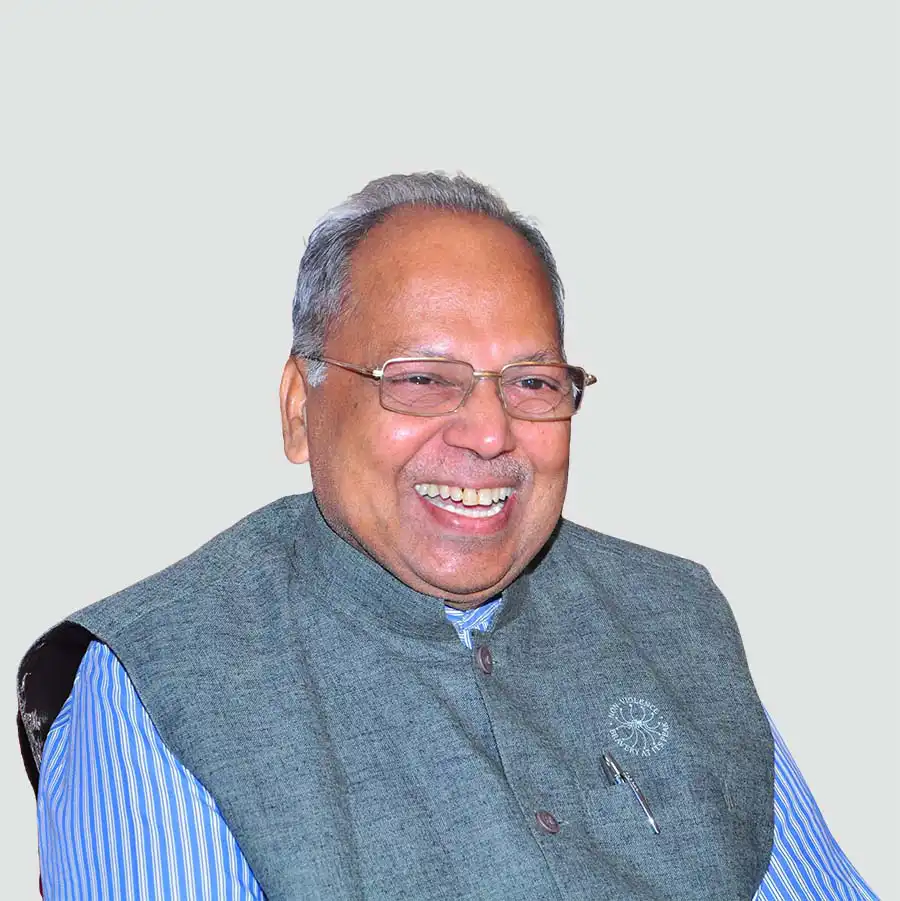View Interview
 Interview
Interview

Dr. T. V. Rao is currently Chairman, TVRLS. A former professor and Board member at IIMA, he joined as member of the Organizational Behaviour area and Education Systems Group. He Chaired the Post graduate Program, Doctoral Program, Public Systems group. Dr. Rao is the Founder President of National HRD Network and has been in the forefront of HRD movement in the country. Rao worked as a short-term consultant to UNESCO, Bangkok; USAID Indonesia; UNIDO Malaysia; and Commonwealth Secretariat, London and as HRD Consultant in India to over a hundred organizations in the public and private sectors.
Over the past 50 years, Dr. Rao has contributed to leadership concepts by identifying three leadership types: thought leaders, talk leaders, and walk leaders. Through his work with Indian managers, he developed three leadership styles—Benevolent, Critical, and Developmental—based on psychosocial maturity. His research led to self-assessment tools and 360-degree feedback, enhancing leadership effectiveness. These insights promote positive workplace cultures, helping leaders adapt to the VUCA world by using the right leadership style in different situations for better employee engagement and organizational success.
Dr. Rao received many awards including Ravi Matthai Fellow (AIMS), Asia Pacific HR Professional of the year 2019 (APFHRM) and Lifetime Achievement Award from Indian Academy of Management. He has authored over 60 books including “Effective people”, Managers who Make a Difference, Leaders in the Making (co-author with Arvind Agrawal) and 100 Managers in Action.
Our conducting a series of programs for top management at IIMA very successfully on leadership styles and organizational effectiveness is the next milestone. Third significant point was after reading about assessment centres in the USA in mid-seventies we tried out this methodology in selecting project leaders for entrepreneurship development. These are some of the events that shaped my journey. I tried to practice what I preached in every administrative position I held at IIMA I as Chairman of the Public Systems Group, Chairman of the PGP Review committee and Chair of the PGP, the Doctorial program etc. My greatest learning was from my interactions with Ravi Matthai in Jawaja project and observing him as professor and Institution Builder after he stepped aside as Director of IIMA.
We have often ignored the power of chemistry between people (policy makers and implementers etc.) and circumstances. We also ignored the need for exploring multiple solutions and experimentation. We over focus on results and under focus on effort. We are classificatory and divisive in nature. We compete where we need to collaborate and collaborate where we need to compete. We think structures and systems will solve all problems. We are also over dependent on tons of leaders and try not to use our own leadership qualities from within. A lot of talent is hidden and gets submerged with all these complexities. We easily rationalise and attribute failure to outside factors rather than searching within. Means become new ends and original purposes get distorted or forgotten.
I am a strong believer in creating OCTAPACE culture (Openness, Collaborations, Trust and Trustworthiness, Autonomy, Pro-action, Authenticity, Confrontation and Experimentation). I have added three dimensions to it; Purpose, Learning and Discipline and made it POCTAPLACED. Keep measuring the climate and keep reviewing your culture. Get self-renewal started for all employees and stake holders. Every leader and manager should periodically have an annual self-renewal program or a retreat where he/she can be joined by others to give feedback, coach each other and plan actions for change. No change will occur if you don’t have intentions to change. Create more intentions and more conversations around these intentions. It is HR’s job to create such culture and values in every organization. They can’t do it merely by systems and their administration but can do it by focusing on the Human part of HR. If you focus on R of HR then targets, goals, results become life and distract people from maximising the use of H or Humanness.
Just as we keep surveying and sensitising ourselves and spend enormous amounts of our resources to know the customer and the impact of our new products etc. on the customers. We also advertise enormously communicating our intentions and product features, uses. C-suit executives should focus on knowing their impact on the employees and other stakeholders, have more conversation with them, listen to them and use 360 feedback to know their mind. Many misunderstand 360 assessments as tools for deciding the leadership talent among others. This is wrong. It is a tool for self-reflection and sensitisation to the differential impact you are making on different people. That is the best way to understand others and manage self. Most HR people are insecure and shy of such feedback. That is the reason why they don’t promote upward feedback. I know of HR leaders who advised their CEOs and top management against 360 Degree Feedback. HR should prepare the C-suit leaders to hear the bad news and analyse the outcomes dispassionately.
I like to draw lessons from four of my books. I urge people to read them and take lessons: Effective People is the first recommendation. Everyone can be effective if you use your talent to make a difference in the lives of others. Managers who Make difference outlines the limitations of achievers. We should graduate from high achievement culture to higher level thinking of community, society and larger goals. We need more visionaries and missionaries. In our book on Leaders in the making we demonstrated that leadership is a long term journey. It can be shortened to day as we learnt a lot from previous generation leaders. Earlier you needed to be a senior citizen or older than 50 years to be called a leader, now you can be a leader in your twenties and thirties.
